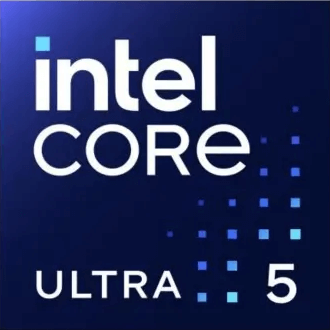Intel Celeron N4500 vs Intel Core i7 8559U
We compared two laptop CPUs: Intel Celeron N4500 with 2 cores 1.1GHz and Intel Core i7 8559U with 4 cores 2.7GHz . You will find out which processor performs better in benchmark tests, key specifications, power consumption and more.
Main Differences
Intel Celeron N4500 's Advantages
Released 2 years and 9 months late
Higher specification of memory (2933 vs 2400)
Larger memory bandwidth (45.8GB/s vs 37.5GB/s)
More modern manufacturing process (10nm vs 14nm)
Lower TDP (6W vs 28W)
Intel Core i7 8559U 's Advantages
Higher base frequency (2.7GHz vs 1.1GHz)
Larger L3 cache size (8MB vs 4MB)
Score
Benchmark
Geekbench 6 Single Core
Intel Celeron N4500
515
Intel Core i7 8559U
+174%
1416
Geekbench 6 Multi Core
Intel Celeron N4500
882
Intel Core i7 8559U
+452%
4869
Blender
Intel Celeron N4500
7
Intel Core i7 8559U
+885%
69
General Parameters
Jan 2021
Release Date
Apr 2018
Intel
Manufacturer
Intel
Laptop
Type
Laptop
x86-64
Instruction Set
-
Jasper Lake
Core Architecture
Kaby Lake-R
N4500
Processor Number
-
BGA-1338
Socket
Intel BGA 1356
UHD Graphics (Jasper Lake 16 EU)
Integrated Graphics
Iris Pro Plus
-
Generation
Core i7 (Kaby Lake-U Refresh)
Package
10 nm
Manufacturing Process
14 nm
6 W
Power Consumption
28 W
105 °C
Peak Operating Temperature
72 °C
-
Foundry
Intel
-
Die Size
123 mm²
CPU Performance
2
Performance Cores
-
2
Performance Core Threads
-
1.1 GHz
Performance Core Base Frequency
2.7 GHz
-
Performance Core Turbo Frequency
4.5 GHz
2
Total Core Count
4
2
Total Thread Count
8
100 MHz
Bus Frequency
100 MHz
11x
Multiplier
27.0
32 K per core
L1 Cache
64 KB per core
384 K per core
L2 Cache
256 KB per core
4 MB shared
L3 Cache
8 MB shared
No
Unlocked Multiplier
No
-
SMP
1
Memory Parameters
DDR4-2933
Memory Types
DDR4-2400, LPDDR3-2133
32 GB
Max Memory Size
32 GB
2
Max Memory Channels
2
45.8 GB/s
Max Memory Bandwidth
37.5 GB/s
No
ECC Memory Support
No
Graphics Card Parameters
true
Integrated Graphics
true
350 MHz
GPU Base Frequency
300 MHz
750 MHz
GPU Max Dynamic Frequency
1200 MHz
256
Shader Units
-
16
Texture Units
-
8
Raster Operation Units
-
16
Execution Units
-
6 W
Power Consumption
-
0.24 TFLOPS
Graphics Performance
-







